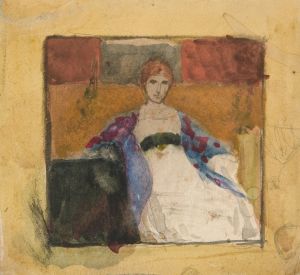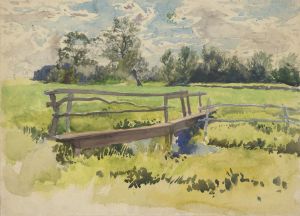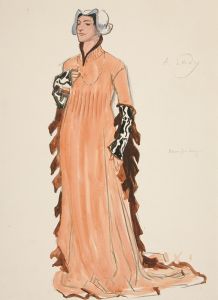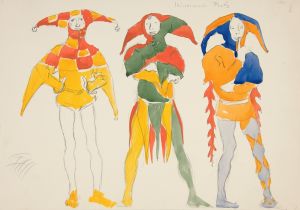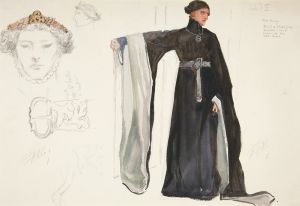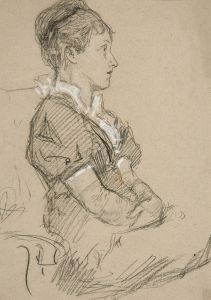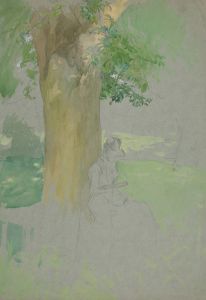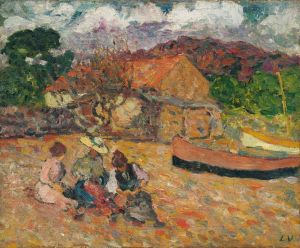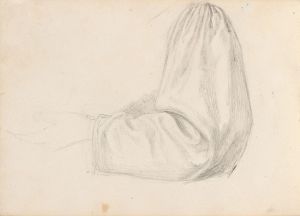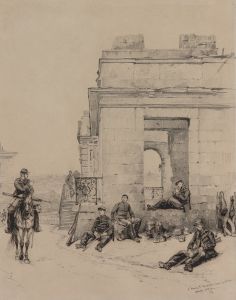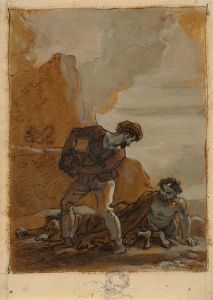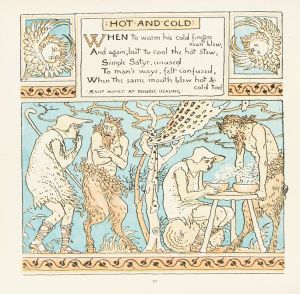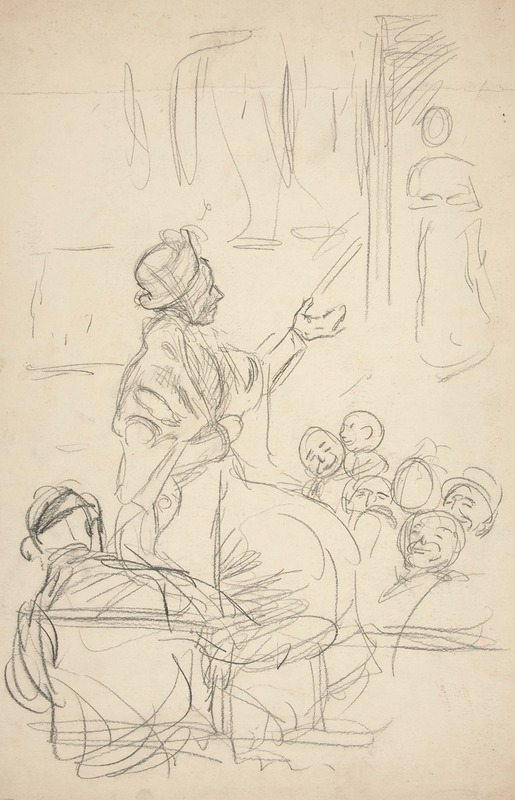
Group of figures
A hand-painted replica of Edwin Austin Abbey’s masterpiece Group of figures, meticulously crafted by professional artists to capture the true essence of the original. Each piece is created with museum-quality canvas and rare mineral pigments, carefully painted by experienced artists with delicate brushstrokes and rich, layered colors to perfectly recreate the texture of the original artwork. Unlike machine-printed reproductions, this hand-painted version brings the painting to life, infused with the artist’s emotions and skill in every stroke. Whether for personal collection or home decoration, it instantly elevates the artistic atmosphere of any space.
Edwin Austin Abbey was an American artist known for his illustrations and paintings, particularly those depicting Shakespearean and Victorian subjects. One of his notable works is "Group of Figures," which showcases Abbey's skill in capturing the essence of historical and literary themes through his art.
"Group of Figures" is a painting that exemplifies Abbey's attention to detail and his ability to convey narrative through composition and character expression. Abbey was deeply influenced by the Pre-Raphaelite Brotherhood, a group of English painters, poets, and critics founded in 1848, which is evident in his meticulous approach to detail and his use of vibrant colors.
Abbey's career began as an illustrator for Harper's Weekly, where he gained recognition for his illustrations of literary works, including those of Charles Dickens and William Shakespeare. His transition from illustration to painting allowed him to explore larger compositions and more complex themes, as seen in "Group of Figures."
The painting reflects Abbey's fascination with historical and literary subjects, often drawing inspiration from the Elizabethan and Victorian eras. His works are characterized by their historical accuracy, achieved through extensive research and attention to period details in costumes and settings. This dedication to authenticity is evident in "Group of Figures," where each character is meticulously rendered to reflect the era they represent.
Abbey's technique involved the use of oil paints, which allowed him to create rich textures and depth in his work. His ability to capture light and shadow adds a dramatic quality to his paintings, enhancing the narrative and emotional impact of the scene. "Group of Figures" is no exception, as Abbey's use of light guides the viewer's eye across the composition, highlighting key elements and interactions between the figures.
Throughout his career, Abbey received numerous accolades for his work, including being elected to the National Academy of Design and the Royal Academy of Arts. His contributions to the art world extend beyond his paintings, as he also played a significant role in the mural movement in the United States, creating large-scale works for public buildings.
"Group of Figures" is a testament to Abbey's skill as a painter and his dedication to bringing historical and literary scenes to life. His ability to blend narrative with visual artistry has left a lasting impact on the art world, and his works continue to be celebrated for their beauty and historical significance.
While specific details about "Group of Figures" may not be as widely documented as some of Abbey's other works, it remains an important piece within his oeuvre, reflecting his mastery of composition, character, and storytelling. Abbey's legacy as an artist is marked by his ability to transport viewers to different times and places, capturing the imagination and evoking a sense of wonder through his art.





